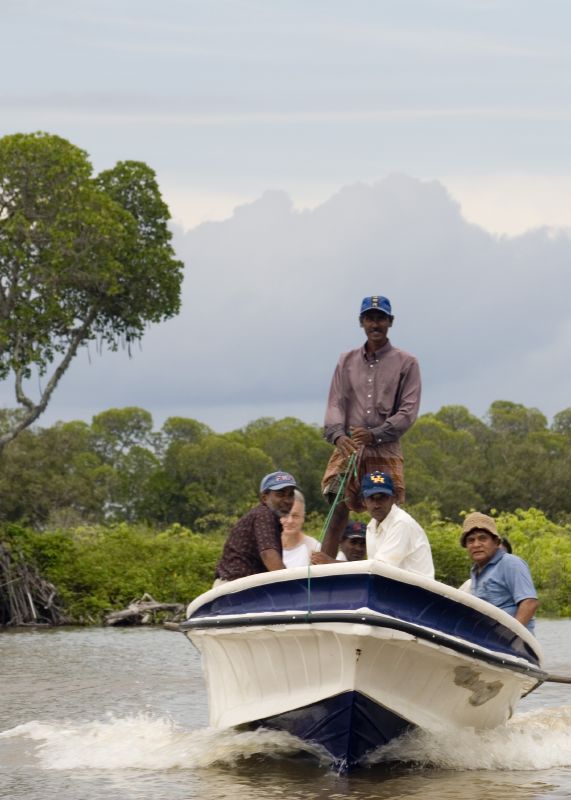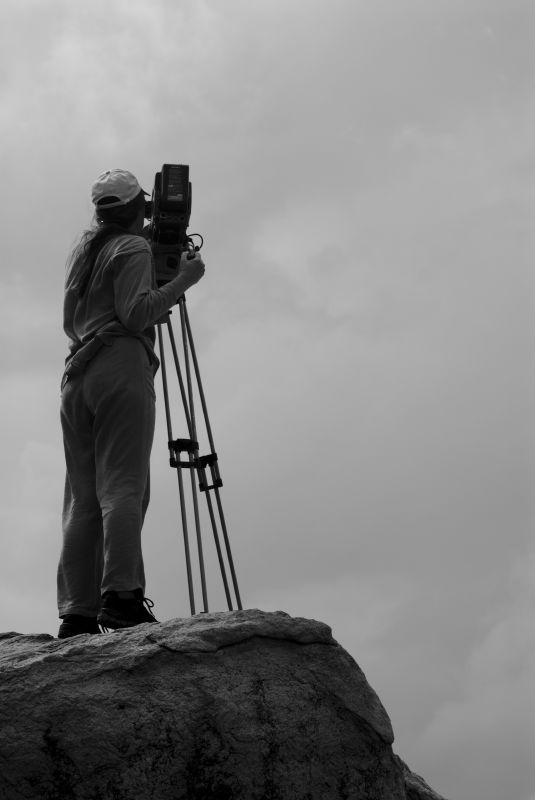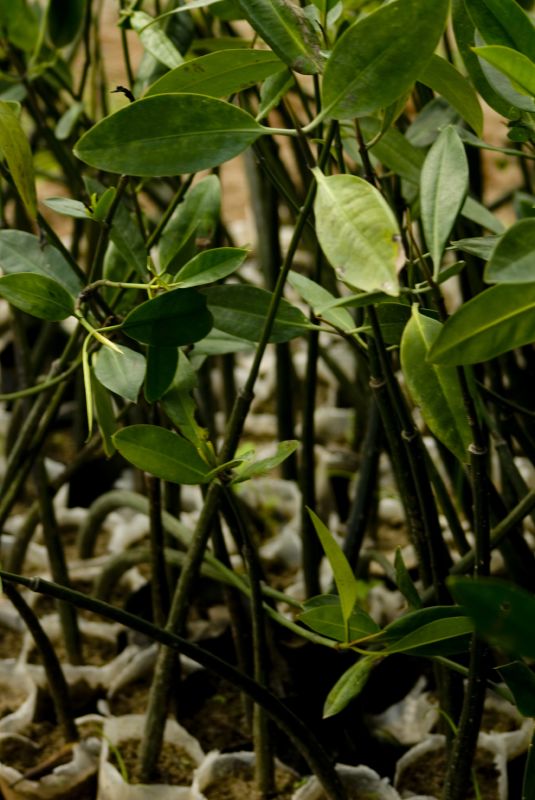Silagra online bestellen
Yala attack plan to shift attention away from North
Desperate LTTE in diversionary attacks:
Lanoxin cost
“Remark by arugam.info webmistress:
In keeping with our pledge and promise, all security related news are published. After careful consideration, even this depolrable incident is not considered to present any danger for visitors to the Bay. Firstly, foreigners are NEVER targeted, secondly the place of this incident is far away from your famous Arugam Bay.”
The LTTE this time has come with a different game plan with the launch of a sudden attack on an isolated Army detachment in the Southern end of the country. The intention of the LTTE is quite evident.
It wants to give the message to the country and also to the international community about their capability to launch attacks on Security Forces even in the South despite the setbacks suffered by the outfit in the Wanni and
|

Environment Minister Patali Champika Ranawaka visited the Yala National Park on Tuesday after Monday eveningA?a??a??s LTTE attack on Thalgasmankada Army Post. Here the Minister meeting the wild life officers.
|
A?A?the Jaffna Forward Defence Lines.
But, it is very evident from this attack that the LTTE is in a desperate state. If not, why target an Army detachment guarding the Yala National Park. It also betrays a sign of desperation after the outfitA?a??a??s inability to launch any major attack in the North or in the Wanni.
Out of the seven soldiers attached to the detachment manned by the troops of the 18 Sri Lanka National Guard six were killed in this unexpected attack.
Many feared that the LTTE had infiltrated the Yala National Park in large numbers as the tractor which was heading towards Thalgasmankada Army detachment to collect the bodies of the soldiers was caught in a landmine explosion just 600 metres away from the detachment.
One soldier was killed and five others injured in this mine explosion increasing the number of deaths to seven.
Elite Commandos and Special Forces were flown to the Yala National Park on Wednesday morning to launch a massive search operation and track down the Tiger cadres who had infiltrated the National Park.
Even two days after the search operation, troops found no proof of a Tiger presence despite searching many parts of the Park including block II of the park hemmed between Kumbukkan Oya-the border of the Ampara district and Menik Ganga.
Therefore, it is believed that the number of Tiger cadres who had launched this attack would not have exceeded ten.
Yet, the existence of even a handful of Tiger cadres inside the National Park will be a threat as they can launch unexpected attacks not only on Security Forces and Police personnel but also the civilians visiting the park, in their desperation.
That was why the Defence Authorities have taken steps to screen all parts of the National Park to give a full security guarantee to the people visiting the Park before it is open to the public.
Apart from this the security of the historic Situlpawwa Raja Maha Vihara has to be considered in view of the large number of Buddhists visiting the sacred area as it is located just six kilometres away from the Thalgamsmankada Army detachment.
However, this is not the first occasion the LTTE carried out such attacks inside the Yala National Park. There had been many occasions where the LTTE had set fire to a number of Holiday Bungalows inside the National Park in the late 1990A?a??a??s.
But according to records this is the first occasion the LTTE was able to kill seven soldiers inside the Yala National Park located in the southern tip of the country.
What is most important here is to find out how the Tiger cadres infiltrated the Park. There are many possibilities for them to infiltrate the national park considering the enormous jungle area it covers bordering many districts including Ampara, Moneragala, and Hambantota.
According to Security Forces the most probable way for the LTTE infiltrate the national park is through Ampara border across Kumbukkan Oya which demarcates Ampara district and the Hambantota district.
Zone II of the National Park located between Kumbukkan Oya and Menik Ganga, according to sources, provides a safe haven for any group to operate freely considering the number of rock caves in the region.
This area could have been used by the LTTE to infiltrate into the Zone I of the National Park and launch this
|

The Wild Life department vehicle that gamagedot d
|
attack on Thalgasmankada located some six kilometres into the land from the location which links Menik Ganga into the sea.
The Security Forces believe that groups of Tiger cadres who fled from Kanchikudichchiaru jungle would have entered the this area across the Lahugala National Park in the Ampara border with the Police Special Task Force launching a number of search operations in the jungle patches of the Ampara district in search of the Tiger cadres who fled from Thoppigala.
There had been information that a team led by LTTE leader Ram had fled further southwards from the Thoppigala in their bid to escape Security Forces operations.
The presence of the STF in the area has paved the way for the LTTE to flee from the Kanchikudichchuaru jungle towards further south of the Ampara district.
The other possibility for the LTTE to move into the area is by mingling with the fishermen arriving there to the Yala National Park area for seasonal fishing.
There had been information from a hunter, that some suspected people were living inside a rock cave in the Block II area of the National Park.
Therefore, it is quite clear the LTTE infiltrated the jungle through the Ampara border from Panama and Lahugala jungle.
Another possible way for the LTTE to infiltrate the Yala National Park is mingling with the pilgrims from the North to the annual Kataragama perahera through the jungle terrains passing the Yala National Park.
The recently concluded Kataragama perahera gave ample opportunities for fleeing Tiger terrorists from the Eastern theatre to move towards the southern end mingling with these pilgrims on Pada Yatra.
Though it was compulsory for the Security Forces to screen them before arriving at Kataragama they had many opportunities to move away from these pilgrims and take refuge in jungle patches easily.
The Security Forces who were guarding the Yala National Park had not been on alert as the area had not come under such a terror attack for the past few years.
The LTTE took this chance to overrun the Army detachment killing six soldiers there in the detachment as the Security Forces guarding the National Park have not conducted any search operations outside their detachment.
But this cannot be taken as a serious lapse on the part of the Security Forces as they never expected such an attack from the LTTE at this point, though there had been many incidents in the past inside the Yala National Park.
There had been several terror attacks on Thalgasmanakada in 1986, and in 1996. The LTTE set fire to a few holiday bungalows inside Yala National Park in 1996.
In October 1997 there was an incident in which the Kataragama bus depot was set on fire while a few vehicles were set ablaze in Galge area inside the Yala National Park.
The LTTE had selected an easy target to transmit a message across the world announcing their presence at a time the outfit was at the receiving end of a severe hiding both on ground, sea and through air attacks, its worst ever reversal in the near three decade old conflict.
There had been wide publicity to this incident as it involved a world famous Wild Life Park and also due to its location hundreds of miles away from the theatre of battle in the Wanni and in the Jaffna peninsula.
Had the LTTE launched this attack targeting a small Army detachment in Weli Oya or in Jaffna the incident would have gained the least prominence to the LTTE since such incidents were commonplace in the North.
Even if they did the same thing in Trincomalee or in Batticaloa, that also would not had any effect as this type of isolated incidents are frequently reported when Security Forces launch search operations to check Tiger infiltrations into the province possibly from the Northern sector.
One major objective of the LTTE through this attack is to divert the attention of the Security Forces from the Wanni in the face of the severe beating taken by the outfit. They want the Security Forces to deploy a major strength, at least a Brigade to secure an area like the Yala National Park, which stretches over 97,889 hectares.
It is vital for the LTTE to shift a considerable strength from the Wanni battle front as it facing an acute shortage of fighters to face the Security Forces advancing towards their Wanni strongholds slowly but steadily.
Such a vacuum in the Wanni battle front will enable the LTTE face the Security Forces easily with the limited number of cadres available with them.
During this week alone more than 100 Tiger cadres were killed in the confrontations with the Security Forces West of Omanthai. The number of Tiger cadres killed in these confrontations in this location have increased to 1,500.
Heavy LTTE casualties were reported when troops crippled a Tiger advance on Wednesday at the defence lines North of Uyilankulam, Mannar.
The limited encounter between Forces and the LTTE sprung amidst stormy weather with the onset of monsoonal rains.
Earlier, on Monday the Security Forces were able to kill more than 30 Tiger cadres in the FDLs West of Omanthai. Many of these cadres were female cadres and bodies recovered by the Security Forces were handed over to the LTTE later through the ICRC.
Yesterday too the security Forces averted another major LTTE move towards Security Forces defences in Periyathampanai in the West of Omanthai killing at least 13 LTTE cadres and injuring 10 of them. Seven bodies of the LTTE were recovered by the Security Forces along with their personnel weapons.
What is most significant is that the LTTE is realising that the fall of the Wanni bastions is inevitable in the face of determined efforts by the Security Forces to continue their advance towards the uncleared areas amidst heavy resistance from the LTTE.
In the same way the LTTE is also receiving severe beatings from the Security Forces in the Jaffna FDLs. According to the military at least five LTTE cadres are being killed on daily basis in the Jaffna FDLs in Muhamalai, Kilali and Nagar Kovil.
The recovery of a large haul of arms inside a house in Jaffna was a major breakthrough to the Security Forces since this detection could well have averted a major disaster that could have been planned by the LTTE to gain the upper hand.
That was the biggest recovery ever made by the Security Forces in the Jaffna peninsula. Troops acting on information given by civilians detected this massive LTTE war chest inside a false wall of a house.
The recovery included 622 Kilograms of C-4 explosives packed in boxes, 6334 live rounds of T-56 ammunition, one T-56 weapon, one silence pistol, 21 boxes of bicycle balls, eight suicide jackets, five claymore mines, five cellular phones, one Global Positioning System(GPS) set, 20 T-56 magazines, 790 T-56 silencer ammunition, 70 LTTE code sheets and a large stock of batteries.
This is the second largest quantity of C4 explosives detected in a single instance after the recovery of an explosive laden freezer truck in Trincomalee.
It is clearly evident that LTTE is now in a major preparation to launch a massive attack on vital security installations either in Jaffna or elsewhere in the country in order to rise from its present debacles.
Therefore, the attack on the Thalgasmanakada Army detachment can be seen as one step towards destabilising security in the South as it was the only place they could find to attack the Security Forces.
Therefore it is vital on the part of the Security Forces and also the public to be alert to possible LTTE moves to launch a desperate and inhumane attack targeting civilians in Colombo to exert pressure on the Government to hold back military operations targeting the groupA?a??a??s Wanni strongholds.
source:
http://www.dailynews.lk/2007/10/19/fea02.asp
















 Arugam Forum
Arugam Forum Arugam Photo Galleries on Picasa
Arugam Photo Galleries on Picasa Old Website
Old Website Press Coverage
Press Coverage Surf Forecast for Arugam Bay
Surf Forecast for Arugam Bay
TODAY’s Comments